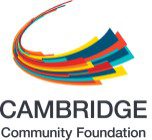Kendall Square, in foreground, is the epicenter of the region’s innovation economy. Photo by Les Vants, courtesy of Cambridge Redevelopment Authority.
Kendall Square, in foreground, is the epicenter of the region’s innovation economy. Photo by Les Vants, courtesy of Cambridge Redevelopment Authority.
The tension between economic success and social equity is not unique to Cambridge. A look at demographic, housing, and economic trends across a cohort of 25 innovation cities1 — including established ones like San Francisco and Seattle, growing ones like Denver and Austin, and emerging ones like Nashville and Pittsburgh — reveals characteristics and challenges familiar to us in Cambridge.


of Cambridge residents are employed in the innovation sector

Cambridge has the 4th highest median household income

median monthly contract rent in Cambridge
Innovation Employment
Although by far the smallest of the cities, Cambridge is the leader in terms of employment in the innovation economy. With more than 20 percent of adults working in an innovation cluster occupation such as software development or biochemical research, Cambridge has a higher concentration of this workforce than any other innovation city, ranking above Seattle, with 15.4 percent, San Jose (14.9 percent), and San Francisco (12.5 percent). Moreover, Cambridge ranks sixth among the 25 cities — behind only Seattle, Miami, San Francisco, Denver, and Washington, D.C. — in the growth in this workforce since 2010.
25 INNOVATION CITIES
Innovation cities are defined by an economic base concentrated in high-tech, biotech, engineering, and life sciences jobs, and “the intrinsic qualities of cities: proximity, density, authenticity, and vibrant places.”2
Share of Residents Employed in the Innovation Sector
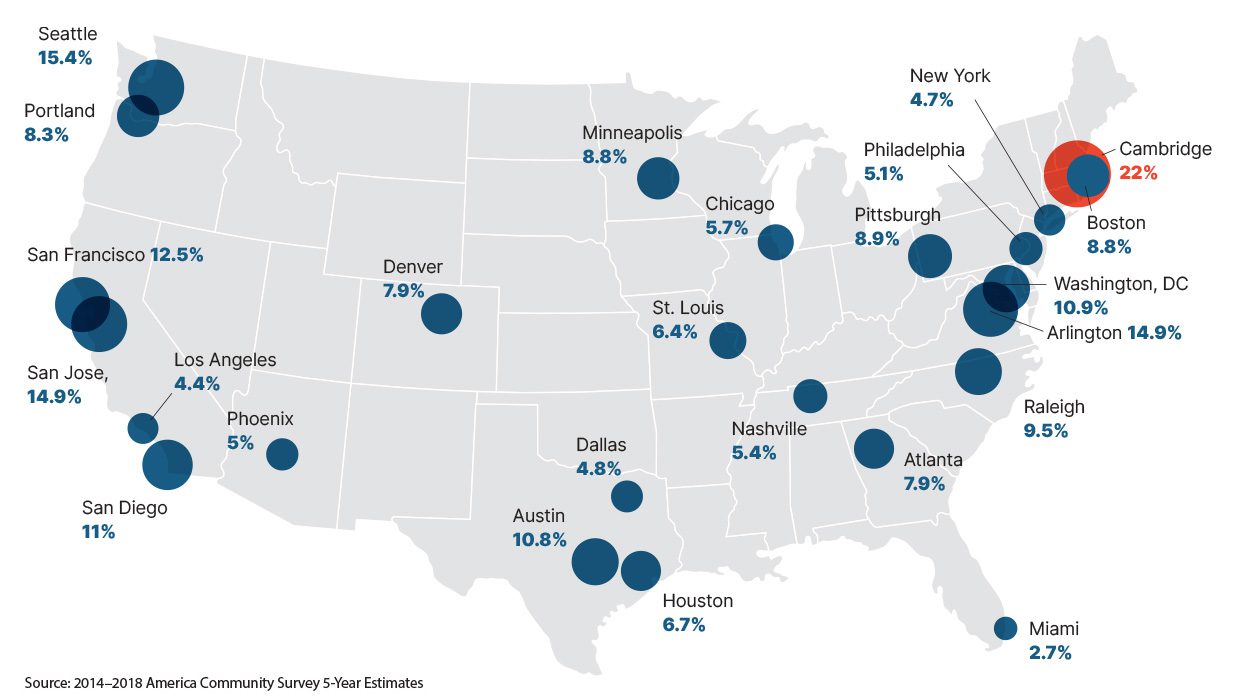
Top Five Cities

Chart 1.1: Share of Residents Employed in the Innovation Sector
22% of Cambridge residents are employed in the innovation sector.
“Kendall Square enables the future by connecting the people changing the world. We helped guide the first moon landing, map the human genome, and fast-track COVID-19 testing and vaccine development. Now, our greatest challenge is pivoting our policies, practices, and resources to collectively and collaboratively create equity across the region.”
— C.A. Webb, President, Kendall Square Association
Income and Inequality
With a median household income topping $95,000, Cambridge ranks fourth in income among today’s leading innovation cities. In fact, Cambridge now ranks among the top cities in almost every measure of income — and also of inequality. Cambridge has the fourth-highest median household income, at just over $95,000, behind only Arlington, Virginia, with $117,374, San Francisco ($104,552), and San Jose ($104,234), and well above the 25-city median of $60,760. Cambridge led all innovation cities in income growth in the past decade.
However, of the 25 innovation cities, Cambridge has the seventh-largest gap between average households in the top and bottom quintiles, behind only Boston, Atlanta, Washington, D.C., New York, Miami, and San Francisco, with the average household income in the highest quintile earning 25 times as much as in the lowest quintile.
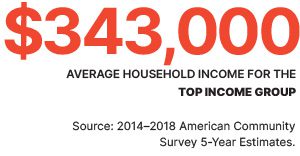
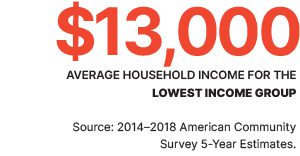
Chart 1.2: Median Household Income, 2018
Cambridge has the 4th-highest median household income: $95,404.
Chart 1.3: Ratio of Average Income, 2018
The average top quintile household earns 25 times more than the average first quintile household.
Demographic Change
Cambridge resembles other innovation cities in the demographic changes now shaping it, including population growth in the millennial workforce, fewer children, and shifts in racial and ethnic diversity marked by a decline in the share of the Black population. All 25 innovation cities except Pittsburgh and St. Louis experienced some population growth over the past decade. Cambridge falls in the middle of the group in this respect, ranking 12th behind many of the growing innovation cities in the West and the Sunbelt.
Student and Millennial Workforce
Cambridge has the largest share of 18- to 34-year-olds of any innovation city. It leads the pack in the share of college-aged and millennial workforce populations, with 18- to 24-year-olds now comprising 20 percent of the population and 25- to 34-year-olds accounting for 28 percent. Both of these age groups are contributing to the city’s population growth. Cambridge ranks second among innovation cities for overall growth in population between 18 and 34, with almost all of that growth attributable to the younger group.
Chart 1.4: Change in Population, 2010-2018
Cambridge ranks in the middle of the pack in recent population growth.
Chart 1.5: Change in Population 18 to 34 Years Old, 2010–2018
Cambridge has attracted more young adults than almost all other cities.
Children
Children are disappearing from innovation cities nationwide. With the exception of Arlington, Virginia, and Washington, D.C., all of the innovation cities have lost children since 2010. Cambridge ranks among those with the largest decline in the under-18 population, and now has the smallest child population of all innovation cities. Children under 18 make up just 12.4 percent of the city’s population.
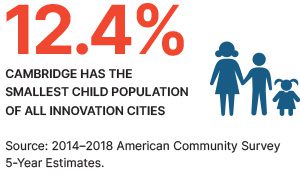
Chart 1.6: Share of population under 18 years, 2018
Cambridge has the smallest share of children.
Chart 1.7: Change in population under 18 years, 2010 – 2018
Almost all innovation cities are losing children, with Cambridge in the middle of the pack.

Families get together for fun at the Kendall Square Association’s Film Night. Photo courtesy of Kendall Square Association.
Race and Ethnicity
Racial and ethnic shifts in innovation cities overall mirror those of Cambridge. When it comes to racial and ethnic diversity, innovation cities vary dramatically by region, with cities like Miami and Phoenix home to large Latinx populations, Atlanta and St. Louis with more Black residents, and San Jose and San Francisco with larger Asian American populations. Cambridge is among the innovation cities with larger white populations, ranking behind Portland, Pittsburgh, and Seattle. When these populations are taken as a whole, however, innovation cities mirror patterns seen in Cambridge: large growth in the Asian and Latinx populations, a slight uptick in the white population, and either a decrease or no change in the Black population.
Chart 1.8: Change in Population by Race/Ethnicity, 2010–2018
Cambridge is becoming more diverse but with a stagnating Black population.
Chart 1.9: Population by Race/Ethnicity, 2018
40% of Cambridge residents are people of color.
Housing Costs
Cambridge’s rental costs are nearly twice the innovation city median. Cambridge is among the most expensive innovation cities when it comes to the cost of housing for both owners and renters. With a median value of over $700,000, Cambridge ranks behind only San Francisco ($1,009,500) and San Jose ($793,100) in home prices.
And it has the highest median contract rental price, at almost $2,000 a month — nearly double the innovation city median of just over $1,000 a month and more than eight times higher than cities like Pittsburgh and St. Louis, which have the lowest median contract rent at $764 and $620, respectively. It is worth noting that the average contract rent, which includes subsidized affordable and rent-controlled units, is often lower than the average market rate rent, which was just below $3,000 a month in Cambridge in December 2020, according to RENTCafé.
Chart 1.10: Median Home Value, 2018
Cambridge has the third highest median home value, behind San Francisco and San Jose.
Chart 1.11: Median Contract Rent, 2018
$2,000: median monthly contract rent in Cambridge.
“When I was growing up, your neighbors were your family, and the city was a melting pot with people of every race and culture all mashed together. Since then, I’ve watched many friends leave Cambridge.”
— Tevin Charles, Small Business Owner
Educational Attainment
Cambridge is by far the most highly educated innovation city. Owing to its small size and distinction as home to two top universities, Cambridge is by far the most highly educated of the innovation cities, ranking first across the board on measures of adult educational attainment. Not only do roughly 80 percent of adults have at least a bachelor’s degree and nearly half at least a master’s degree, but also nearly 14 percent of adults have doctoral degrees, well above the innovation city median of 2.2 percent.
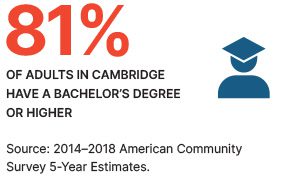
Chart 1.12: Share of Adults with Advanced Degrees, 2018
81% of adults in Cambridge have a bachelor’s degree or higher.
Total Population
Cambridge outperforms its size and scale. One thing that sets Cambridge apart from every other innovation city is its size and scale. While Cambridge ranks near the top among innovation cities in nearly all metrics of both innovation and inequality, it ranks lowest in population size. In fact, Cambridge is only half as large as the second smallest city, Arlington, Virginia. Though it is dwarfed by other innovation cities, Cambridge anchors a much larger regional innovation economy that includes both the city of Boston and the Waltham/128 corridor.
As this comparison makes clear, Cambridge today has taken its place among the nation’s innovation cities — places with highly successful technology-based economies, significant increases in household income, and a growing young workforce. But there is a downside. Many of these cities, including Cambridge, are experiencing increasing gaps between the incomes of high and low earners and declines or stagnation in their Black populations. Beyond the statistics lies a loss of community cohesiveness, stability, and continuity as long-term populations are displaced by rising costs. Those compelled to leave are among the very populations that contributed to the city’s attractiveness as a place to live, work, and raise children.
Chart 1.13: Total Population, 2018
Despite its outsized impact, Cambridge is a fraction of the size of other innovation cities.
We have adjusted the standard naming conventions established by the U.S. Census Bureau in the following ways: “Hispanic/Latino” ethnicity is referred to as “Latinx”; “Black” refers to “Black/African American”; “Asian” includes “Native Hawaiian/Pacific Islander”; “Multiracial” refers to “Two or More”; and “Another race/AIAN” includes “Some Other” and American Indian/Alaska Native.” For more about our terminology on race and ethnicity »
Footnotes
| 1 | The cohort of 25 innovation cities was chosen using the principal cities of the Brookings Institution’s 20 “superstar metro areas” with the largest absolute numbers of jobs in innovation industries plus an additional four cities with demographic and economic similarities to Cambridge, which is a part of the Boston metro area. https://www.brookings.edu/wp-content/uploads/2019/12/Full-Report-Growth-Centers_PDF_BrookingsMetro-BassCenter-ITIF.pdf |
| 2 | “Innovation Districts,” Brookings, July 26, 2016, https://www.brookings.edu/innovation-districts/ |
